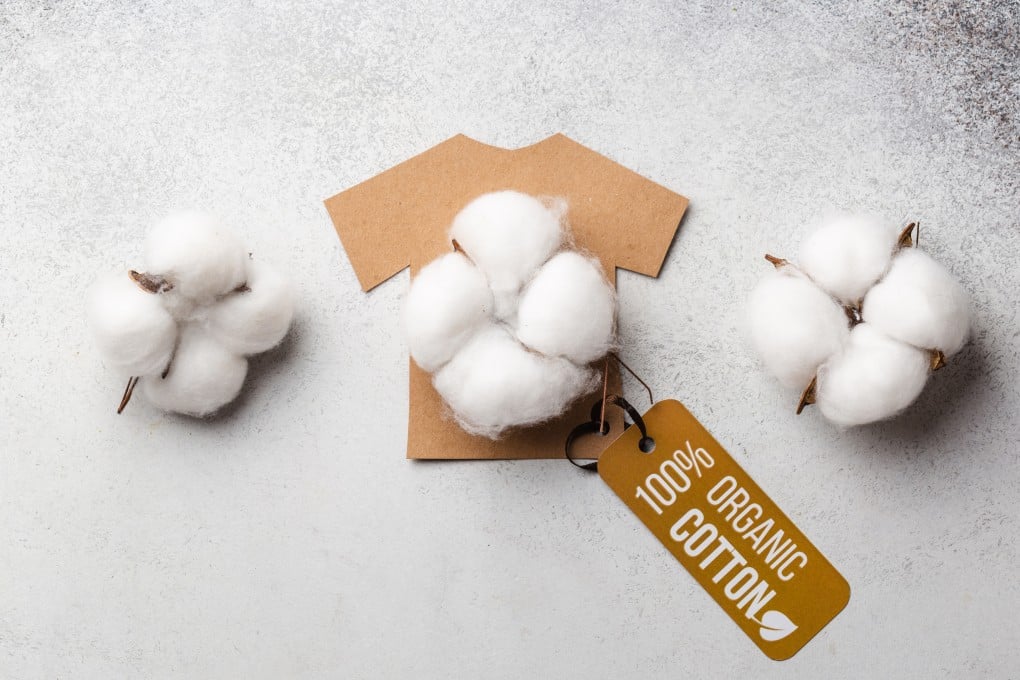Explainer | Organic cotton types, facts, certification and why you should buy clothes made from it
- A sustainable fashion alternative to synthetic materials and conventional cotton, organic cotton is one way ethical shoppers can try and fight climate change
- It’s the most sustainable way to dress in terms of raw materials used, one expert says, but spinning, weaving and dyeing still creates quite a lot of pollution

Many items of clothing end up damaging the environment in the form of microplastics. But just opting for cotton may not be the answer. We explain how to dress more sustainably.
Ethical shopping has become another way to try to fight climate change. And for those consumers that are most ecologically aware, it has long become clear that microplastics are hugely damaging to the environment.
As a result, those who try to shop ethically are increasingly opting for clothes made out of cotton. They try to avoid any sweaters, shirts and blouses made out of synthetic fibres.
But the problem with this approach is that cotton, particularly when it’s conventionally grown, can also damage the environment. One solution for the green shopper is to buy products made of organic cotton.

We’ve taken a closer look at different clothing materials, to find out whether organic cotton really is a sustainable alternative to synthetic materials.